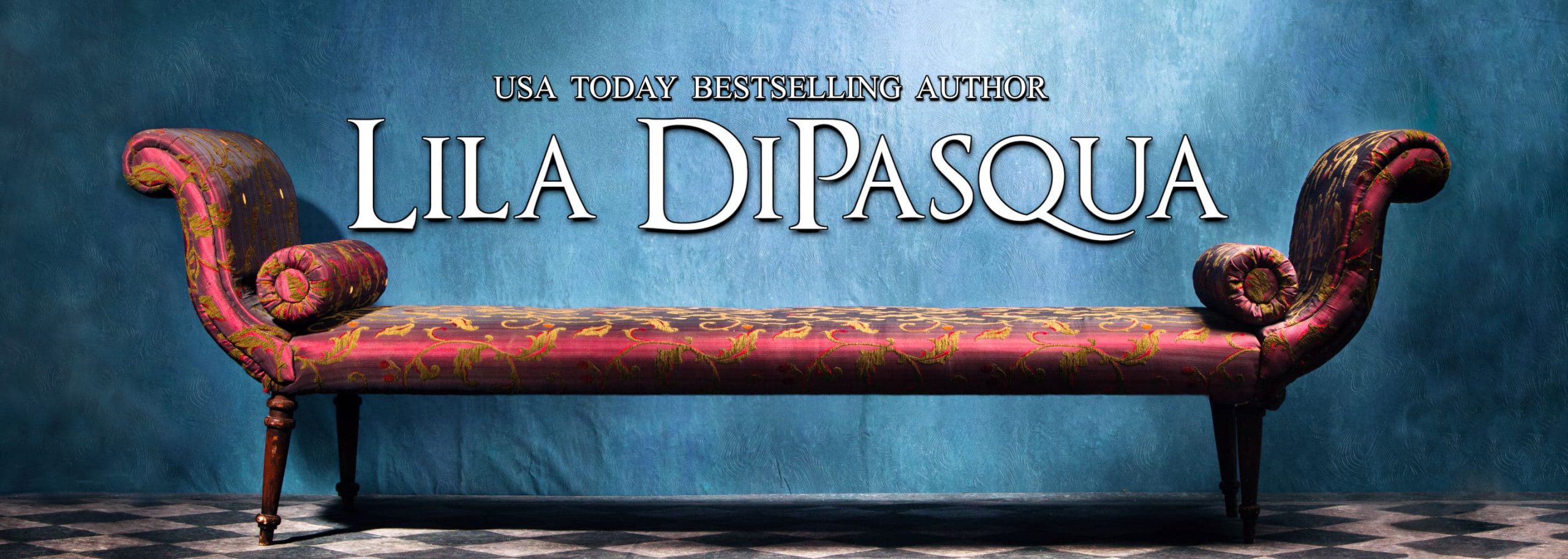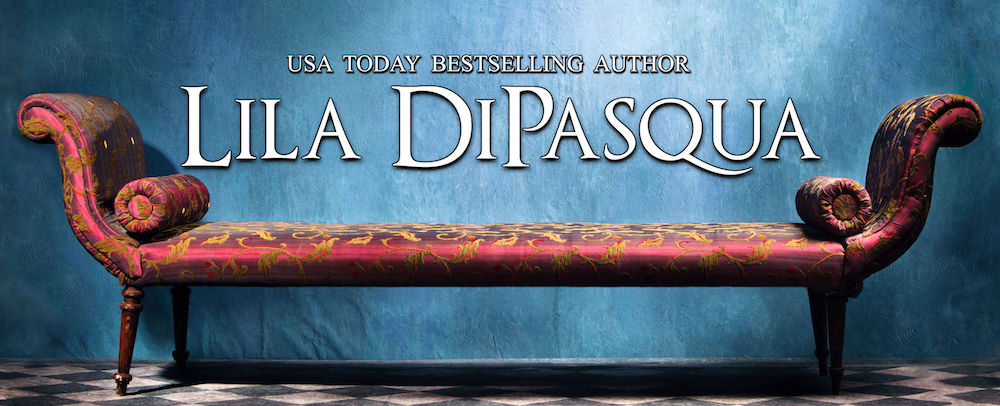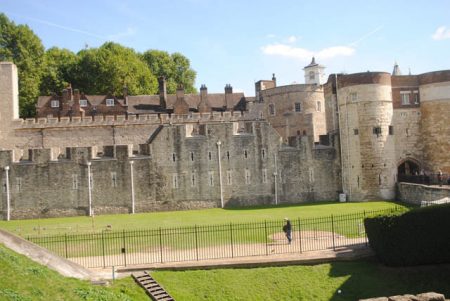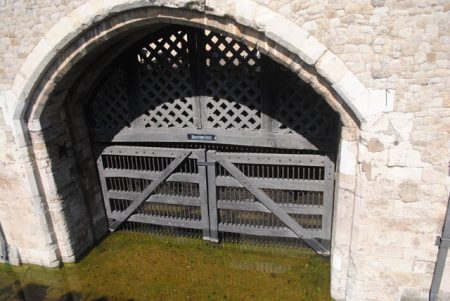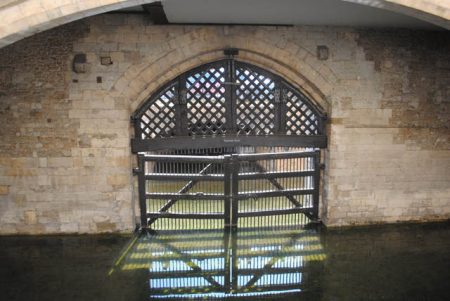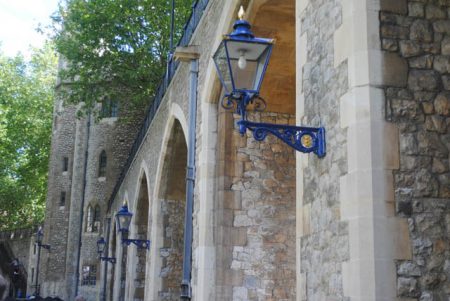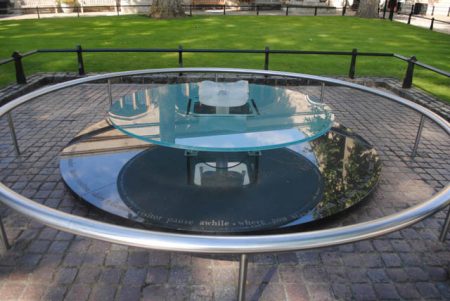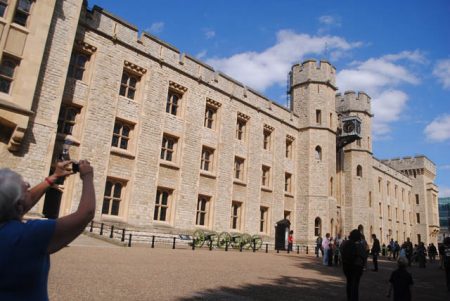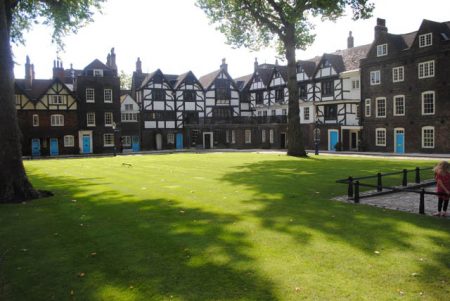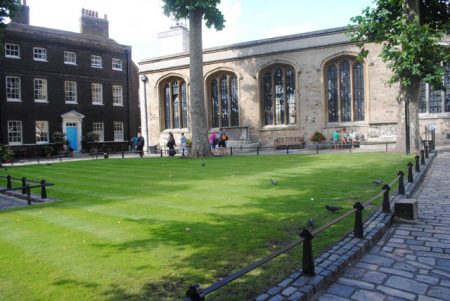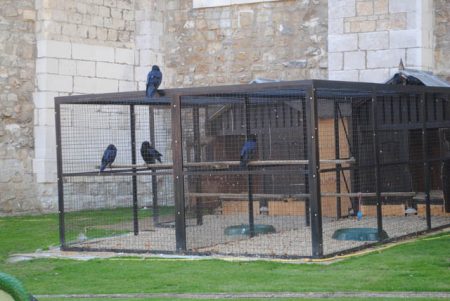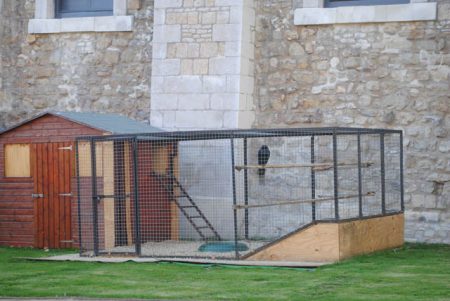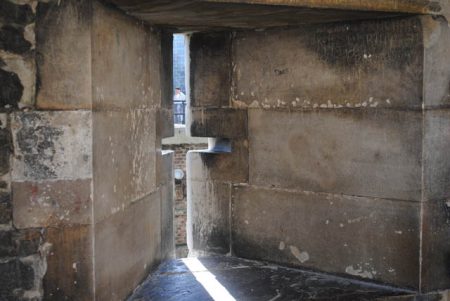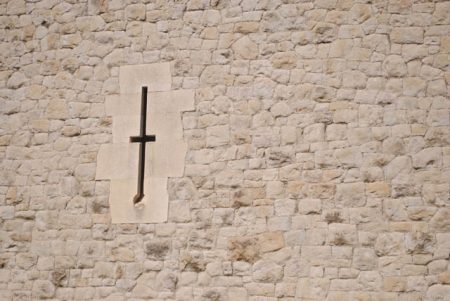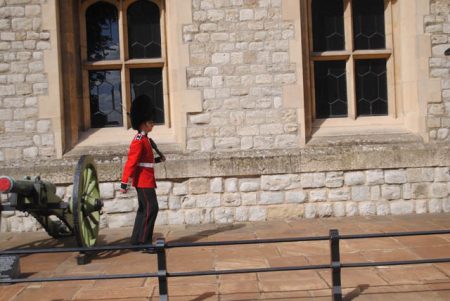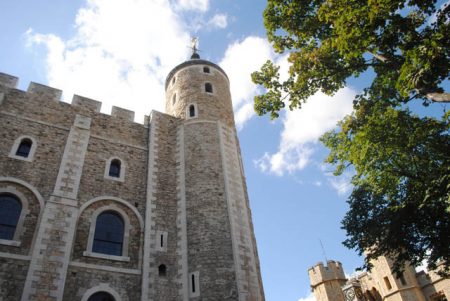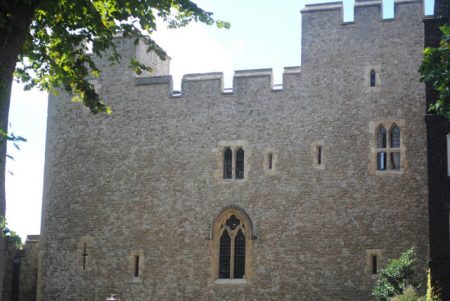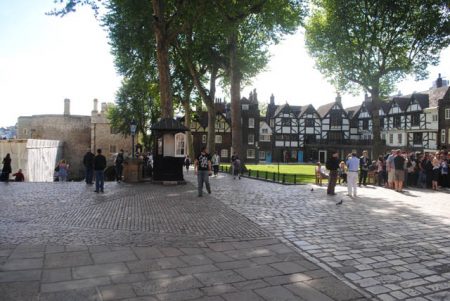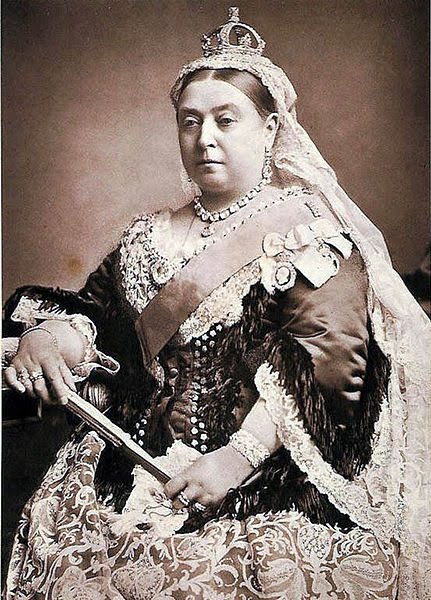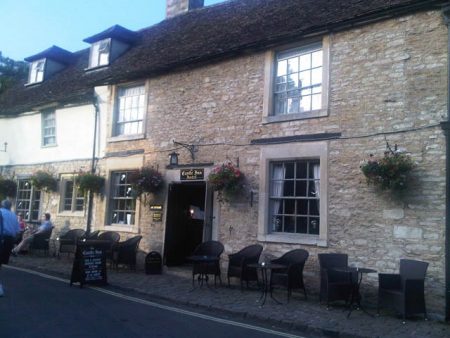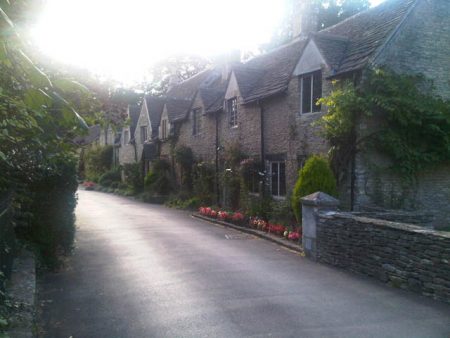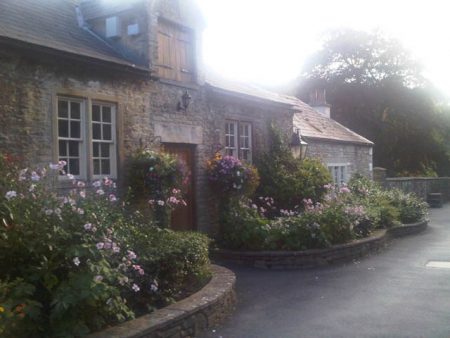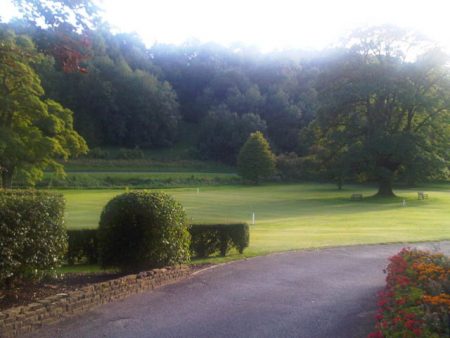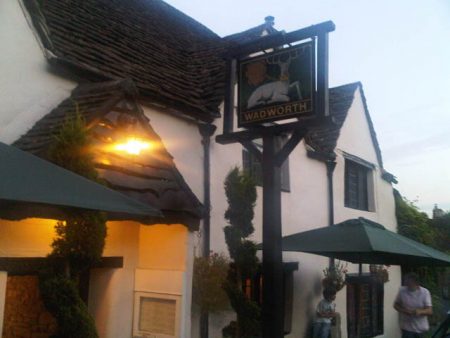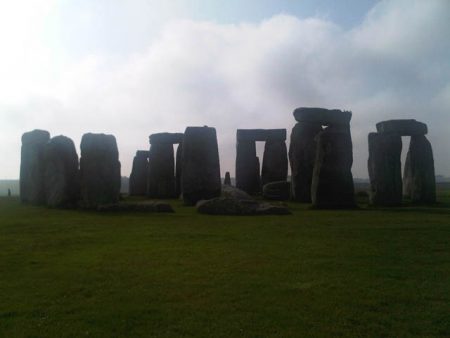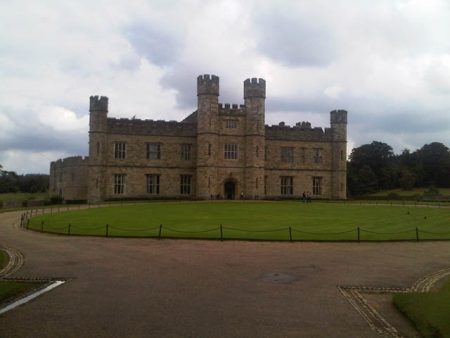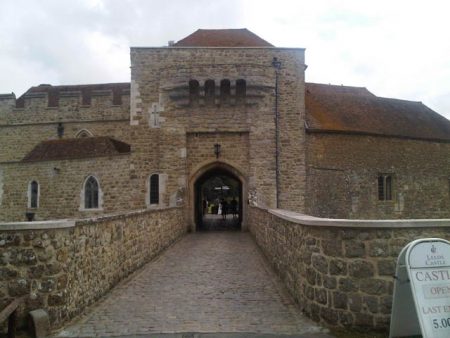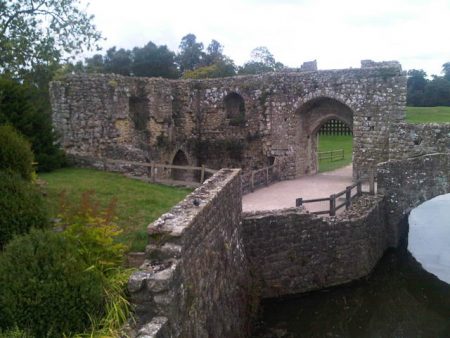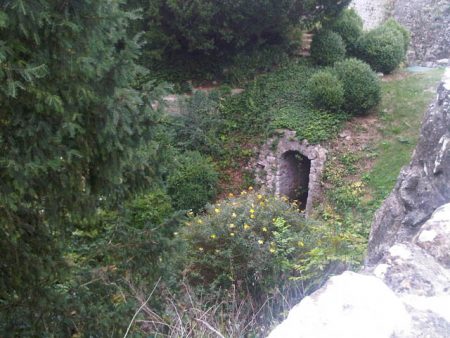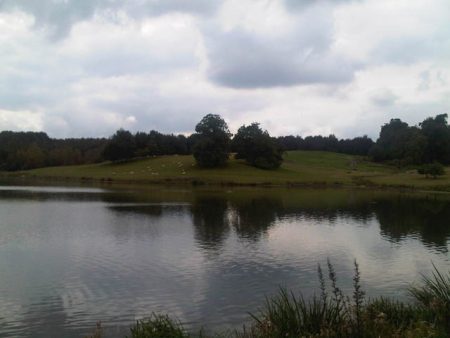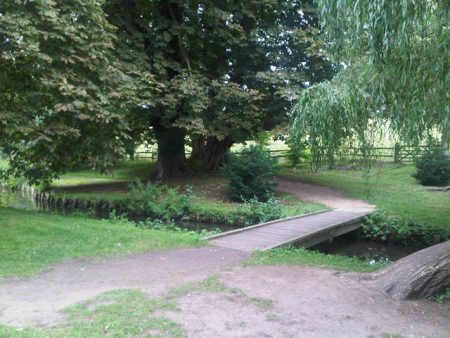England
Tower of London
The Tower of London is made up of various towers and also houses the incredible, royal crown jewels of the monarchs of England. They date back to Cromwell. I don’t have any photos of them. For security reasons, photographing them is prohibited.
Apparently, they’re uninsured because they’re irreplaceable. Understandably, they don’t want any jewel thieves photographing their security system and plotting to steal the royal jewels. Talk about great stuff for a novel!
Among the many treasures was this small crown worn by Queen Victoria. She had it specially designed because the larger ones gave her a headache. It’s breathtaking!
Inside the Tower of London visitors are met with two wooden signs that offer a concise description of the Tower and its history. The first read as follows:
PRISONERS OF THE TOWER OF LONDON
The Tower of London was not built as a prison. Yet ever since its construction as a fortress and royal residence, people have been imprisoned here. Over the centuries the Tower has become a symbol of state authority and an object of fear.
SENT TO THE TOWER
The story of imprisonment at the Tower of London is not simply the popular one of heroes and heroines forced to cower in rat-infested dungeons. The Tower has housed the nation’s most important prisoners of state, including kings and queens, as well as ordinary men and women caught up in momentous historical events. Royalty and aristocrats were usually held in luxurious and comfortable lodgings. Many prisoners were released after they won back royal favor. Others were set free after providing information. Some even escaped. However, if the government of the day considered that your religious or political beliefs posed a threat to national security, you could be locked up in solitary or ‘close’ confinement. Your next sight of the outside world may have been during the short journey to your execution.
During the Medieval and Tudor period, the Tower of London was a secure citadel where royal or aristocratic rivals could be kept out of sight. It was a place where religious opponents could be incarcerated during the turbulent years when Protestantism battled with Catholicism for national supremacy. Later still, the Tower housed political radicals, prisoners of war and disobedient soldiers.
The famous TRAITORS' GATE. This is the gate prisoners entered the Tower, many never to return home again. This is the outside view of the gate.
Inside the Tower of London visitors are met with two wooden signs that offer a concise description of the Tower and its history.
The approximate spot where executions were done inside walls of the Tower of London. In the middle of this monument is a glass pillow and around the circle are the names of those executed on the Tower green. (Including King Henry VIII's two unfortunate wives).
Ravens at the Tower. It's the stuff of legends. Legend has it, if the ravens ever left London, the realm would collapse. They used to clip the wings of the birds so they could only fly in a circle and never leave. To this day, they still keep ravens at the Tower.
Ravens at the Tower. It's the stuff of legends. Legend has it, if the ravens ever left London, the realm would collapse. They used to clip the wings of the birds so they could only fly in a circle and never leave. To this day, they still keep ravens at the Tower.
View from inside the windows: Inside the Tower, the windows are angled so one can easily maneuver while shoot arrows.
Windows at the Tower of London: View from the outside. As you can see, they're quite narrow--for optimum protection.
SMILING...She's smiling for the camera. These people are at the Tower, there for visitors to ask questions. They also had a woman dressed up in medieval garb, talking to children and posing for photos.
The Village of Castle Combe
Stonehenge
Leeds Castle
Click to Buy
Books are available worldwide.

